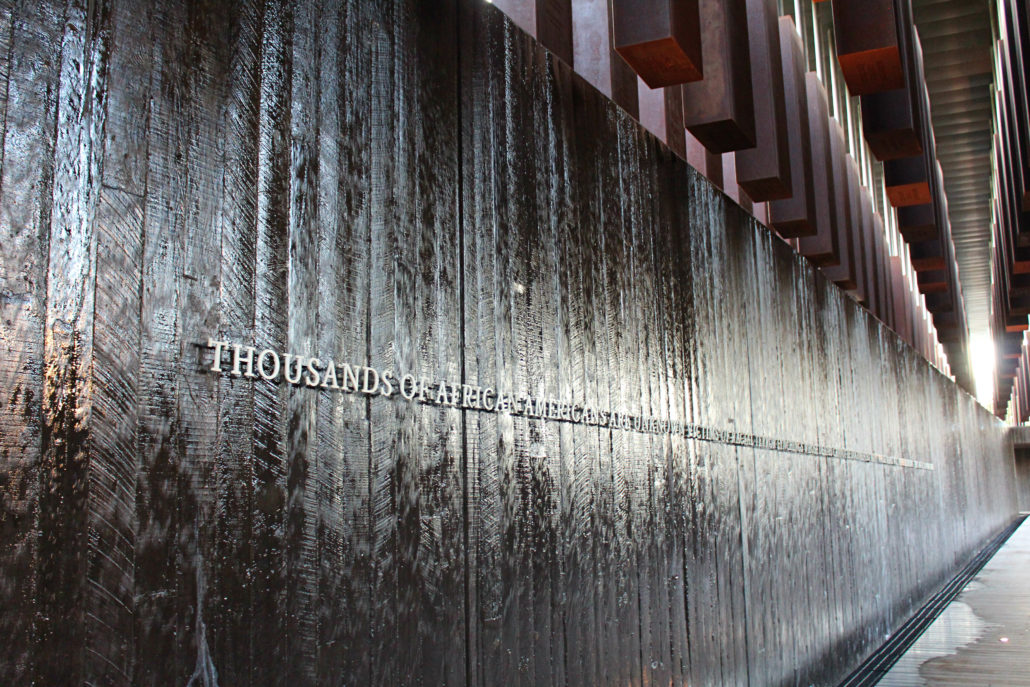
This article first appeared on May 14, 2020 on University of South Florida St. Petersburg website
In 1914, John Evans was lynched in St. Petersburg.
Evans was accused of the murder of the real estate developer Ed Sherman and attacking Sherman’s wife. Evans was a laborer who was recently fired by Sherman. Though never identified and never given a trial, Evans was arrested and thrown in jail. On the night of November 12, a mob took him from the jail, and in front of 1,500 people from the local community, hanged him from a light post.
Evans struggled for a time to hold himself up by wrapping his legs around the pole. Eventually, a woman in a car drove by and shot Evans. Soon others in the crowd began shooting at the man, killing him.
“His body was left hanging there for quite some time after as a reminder to the black community,” said Julie Armstrong, a professor of English at the USF St. Petersburg campus. “This event was the very definition of a spectacle lynching, and it sent a message about white supremacy and white hierarchy.”
Hundreds of African American residents left St. Petersburg soon afterwards. It was the first documented lynching in the city, but it wasn’t the last.
More than 10 years after the death of Evans, Parker Watson was lynched in St. Petersburg in another horrific violent crime. This time however, the local black, and certain elements of the white community, denounced the act, according to newspaper articles and other historical documents of the time.
